His style has sometimes been compared to that of Edvard Munch, of whom he was a friend and for whom he will pose. His lawyer father and his uncle Paul Heyse, the German Nobel Prize winner for literature, predestined him for architecture, but Paul preferred the graphic arts. He enrolled at the Academy of Fine Arts in Munich. In 1883, he went to New York, Chicago and San Francisco, before settling in Paris in 1895. In order not to be confused with the anarchist painter Hermann Paul (1864-1940), he took the pseudonym of Henri Héran, signature affixed in the margin of this lithograph. He collaborated with various magazines (Le Rire, Le Centaure ...) and personalities such as Henri Toulouse-Lautrec, Jules Valadon and Oscar Wilde at the dawn of the 20th century.
He returned to Germany in 1906 and married there in 1910. In 1914, the great art historian Hans Wolfgang Singer (1867-1957) published a catalog of 183 of his works. In the same year he received the Leipzig Gold Medal and exhibited at the Great Art Exhibition in Berlin numerous drypoint etchings, engravings and roulette, and stone prints.
The artist died in Berlin in 1946. Several of his lithographs are exhibited in museums, notably in Cleveland, Chicago, Australia and at the Carnavalet museum in Paris.



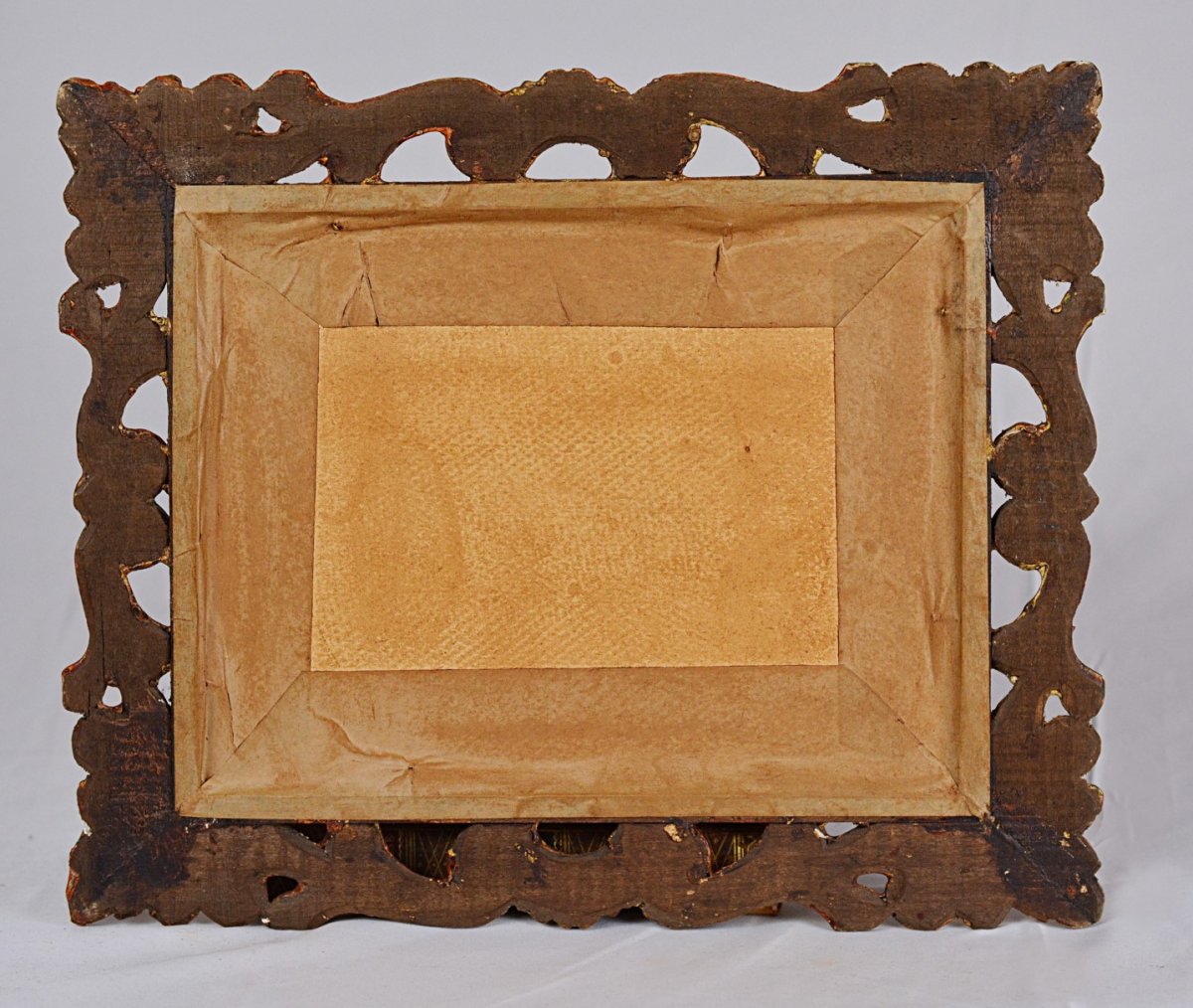
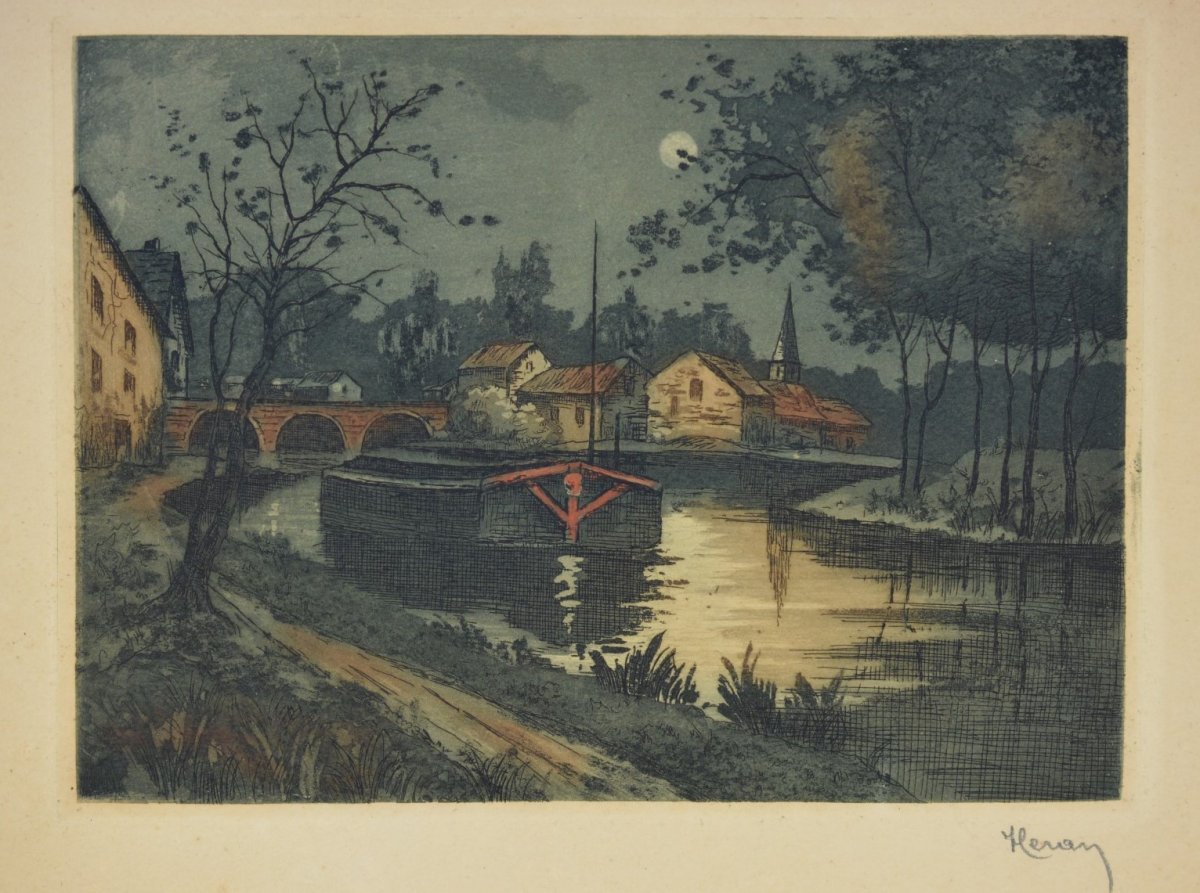
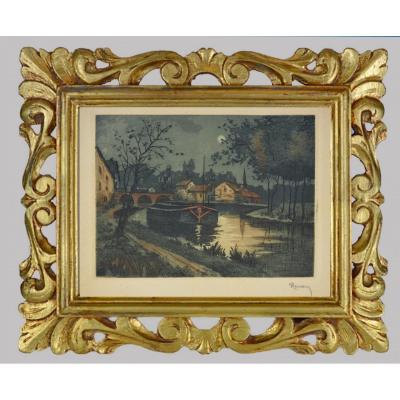



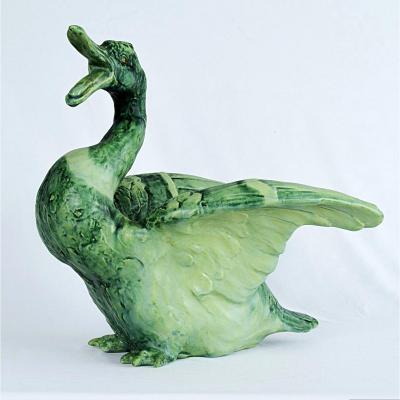





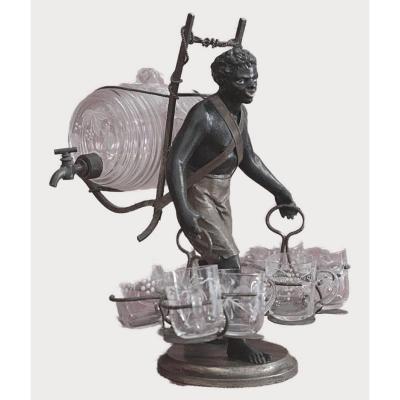
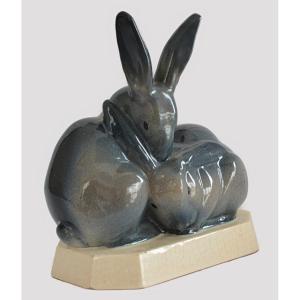


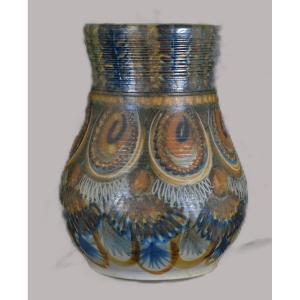

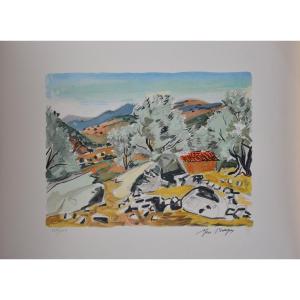
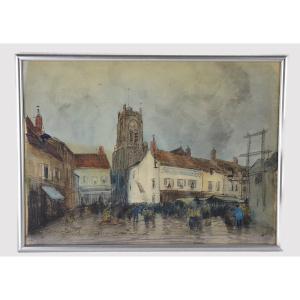
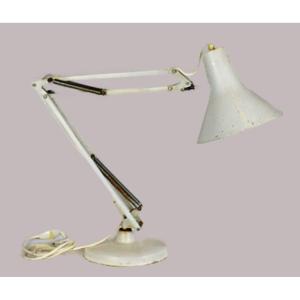


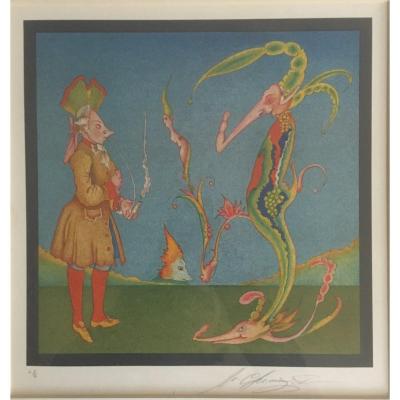





 Le Magazine de PROANTIC
Le Magazine de PROANTIC TRÉSORS Magazine
TRÉSORS Magazine Rivista Artiquariato
Rivista Artiquariato